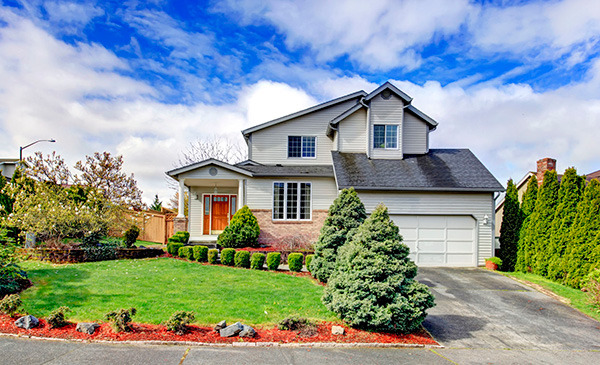
Case-Shiller’s National Home Price Index rose to a year-over-year home price increase of 6.10 percent as compared to July’s reading of 5.90 percent. The 20-City Home Price Index rose to a year-over-year reading of 5.90 percent over July’s reading of 5.80 percent.
Home Prices Nearing Their Peak?
Some cities that previously had high home price increases saw lower paces of growth. San Francisco, California, which reported double-digit home price growth rates in recent years, reported -0.10 percent growth rate month-to-month and a year-over-year home price growth rate of 6.10 percent. Home prices grew at a faster rate in nine cities as compared to year-over-year home price growth rates reported for July 2016 to July 2017.
David M. Blitzer, Operating Manager and Chairman of the S&P Index Committee said, “Price increases appear to be unstoppable, but rapid increases can’t continue forever. Measures of affordability are beginning to slide, indicating that the pool of buyers is shrinking.”
Factors pressuring home buyers include slim supplies of homes for sale, high competition for homes and affordability as demand increases and supplies of homes for sale decrease First-time and moderate-income buyers face additional challenges including the ability to meet mortgage qualification requirements and increasing amounts required for down payments.
Role of Non–Resident Foreign Buyers Minimal
Non-resident foreign buyers who buy U.S. homes on speculation and leave them vacant may contribute to the high demand for homes as the homes they buy may sit vacant and are removed from the supply of available homes. Such speculative buyers typically pay cash for homes which can sideline mortgage-dependent buyers.
The National Association of Realtors reports that approximately two percent of pre-owned homes are sold to non-resident foreign buyers; this suggests that the impact of such buyers on demand for homes is currently minimal.
